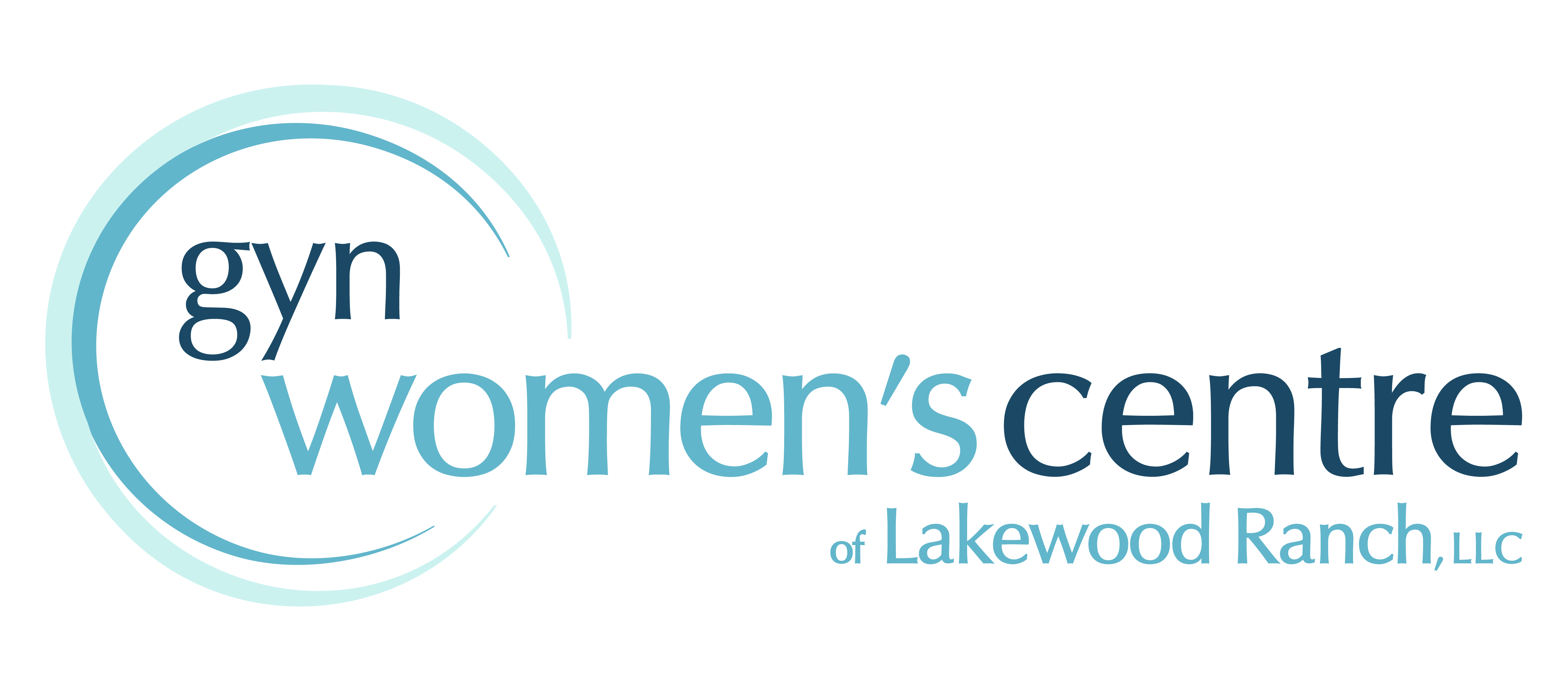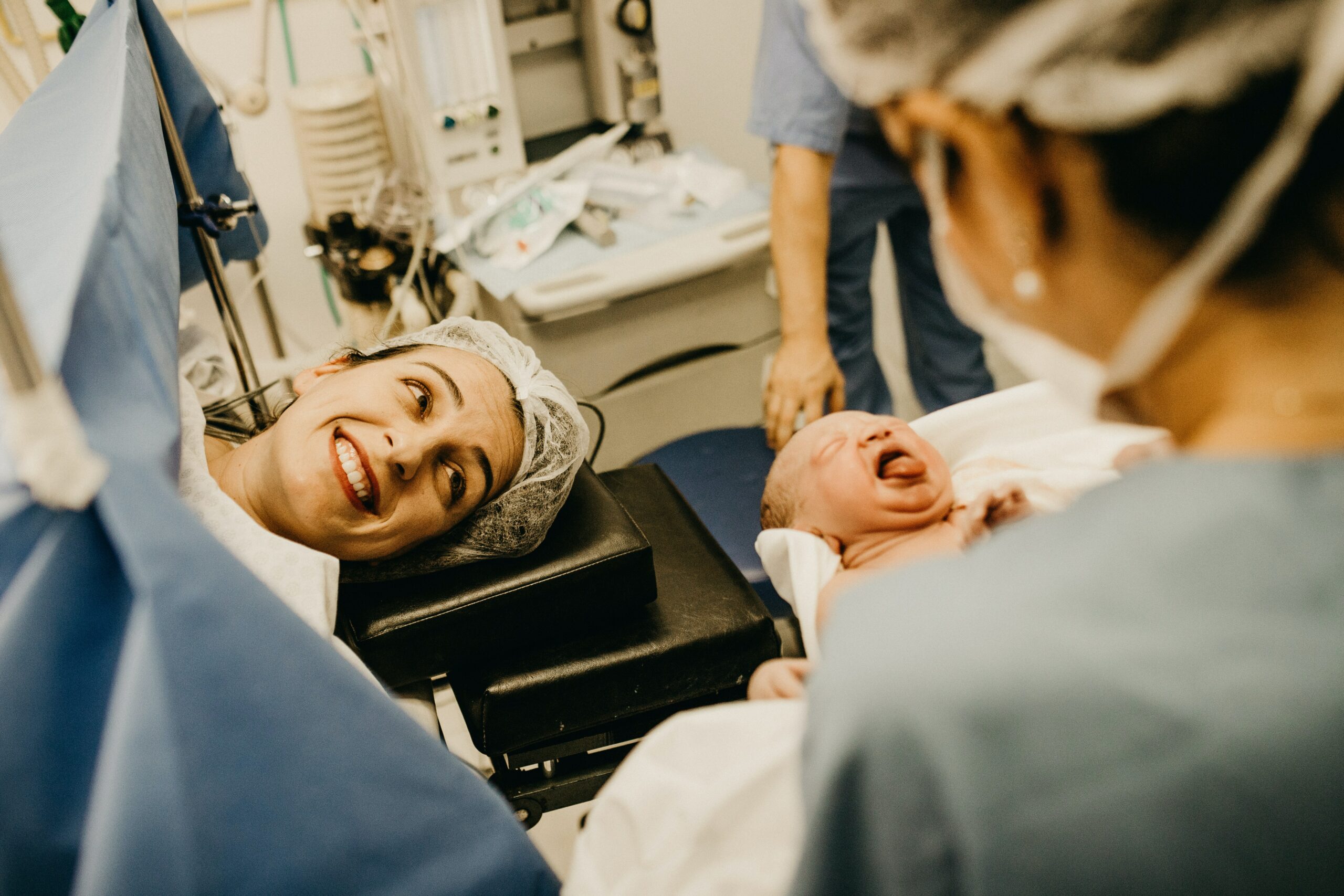Finding out you’re pregnant can come as a pleasant surprise, a shock, or as a cause for celebration — especially if you’ve been trying to get pregnant for a while. While at the beginning you may be looking at lists of potential baby names and talking with your friends who’ve been through the experience, some parents get the heartbreaking news that their baby may be born with a birth defect. The happy feelings get replaced by sadness, worry, and an overwhelming feeling of not knowing what to do next. What does it all mean? Why is this happening? What can you do to navigate through this, and to ensure your baby has as happy a life as possible?
What are Birth Defects?
Birth defects is an umbrella term to refer to problems with the baby’s development during pregnancy. They can affect the baby’s cognitive development, organ function, and/or physical appearance, and they can range from minor to severe. The majority of birth defects occur during the first trimester of pregnancy.
Birth Defects Statistics
About 3% of babies born in the United States each year are born with a birth defect. They account for approximately 20% of infant deaths — meaning they passed away before their first birthday. This makes it the leading cause of infant deaths in the country, especially for low-income families, since babies born with birth defects need specialized care.
Birth Defects Causes
The causes of many birth defects are unknown. However, there are certain risk factors that can result in a fetus not developing properly. Some of them include:
- Consuming alcohol, smoking, or using drugs while pregnant
- Inadequate prenatal care
- Infections during pregnancy
- Sexually transmitted disease of the mother
- Uncontrolled diabetes
- Obesity of the mother
- Certain medications
- Getting pregnant at 35 or older
- Chromosomal abnormalities
- Environmental factors
Common Birth Defects
Anencephaly. This type of birth defect prevents the child’s brain and cranium from fully developing. As a result, the baby is born without a portion of the brain or skull. The missing portion of the brain is the one responsible for developing motor skills, thinking, speaking, and developing cognitive abilities. Therefore, it is one of the most severe birth defects.
Spina Bifida. This is a malformation of the baby’s bones and spine. It often occurs even before the mother finds out she’s pregnant. It results in nerve damage and full or partial paralysis in the legs. Sometimes, the baby may need surgery soon after birth — although, in some instances, the surgery can be performed on the baby while the mother is still pregnant.
Cleft lip and palate. A baby’s lips form between the fourth and seventh weeks of pregnancy. In rare instances, the tissues that make up the top lip fail to completely join, resulting in a visible opening. The size can range from a minor slit to a significant opening that goes all the way to the nose. This often results in the child also having a cleft palate, which causes difficulties in feeding and speaking.
Congenital heart disease. There are many types of congenital heart defects, including having a hole in the wall of one of the heart chambers, restricted blood flow in the aorta, inflammation of the coronary arteries, and arrhythmia, among others. These are often not diagnosed until the baby is born or is an infant. Signs include a blue hue to the skin, difficulty breathing, a racing heart, and swelling of the legs or abdomen.
Trisomy 21. Also known as Down syndrome, it’s the most common genetic condition in the United States. It can range from mild to severe, and it causes slower mental and physical development in the child. Children born with Down syndrome typically also have additional health issues, such as thyroid defects, digestive problems, congenital heart disease, and abnormalities in the immune system.
Cystic Fibrosis. This condition affects the child’s respiratory and digestive systems, as well as their sweat glands. It causes the baby’s body to produce thick mucus that’s stickier than ordinary mucus, making breathing difficult. Cystic fibrosis also inhibits the pancreas from creating enzymes that are necessary for proper digestion.
Birth Defects Diagnosis
Most birth defects can be diagnosed during pregnancy while conducting prenatal ultrasounds. If your OBGYN believes there may be an issue with your baby’s development, they’ll order additional screening — such as taking a sample of your amniotic fluid or blood tests.
Treatment for Birth Defects
Treatment for birth defects depends on the child’s condition. Some are harmless and don’t need any treatment, while others could require long-term or lifelong medical attention. There are also treatment options that can begin while the baby is still in utero. While this sounds high-risk, these types of treatments often result in higher survival rates.
If your baby has surgery while still in the womb, you may have to give birth at a hospital that provides pediatric multi specialties. In addition to surgery, other forms of treatment include enzyme replacement therapy and gene therapy.
Birth Defects Prevention
While certain birth defects cannot be prevented, there are things you can do to prevent many of them from occurring. Some options include:
Getting quality prenatal care. As soon as you find out you’re pregnant, schedule an appointment with your OB-GYN. Your first prenatal visit should be around eight weeks after your missed period.
Maintaining a healthy weight. The average recommended weight gain for a pregnant woman with a healthy body mass index (BMI) is between 25 and 35 lbs. If you were underweight before being pregnant, increase it to 40 lbs. Obese women should not gain more than 20 lbs while pregnant. Talk to your doctor about how to maintain a healthy weight during pregnancy.
Seeking proper treatment for pre-existing health issues. If you have a chronic health condition — such as diabetes or high blood pressure — work with your doctor to manage them during pregnancy. Failing to do so will increase the risk of miscarriage, premature birth, birth defects, or stillbirth.
Staying hydrated. The amniotic fluid surrounding your baby ensures your baby receives proper nourishment as well as an adequate development of your baby’s vital organs. In order for you to produce an ideal amount of amniotic fluid, you have to stay hydrated during all stages of pregnancy.
Eating healthy and taking your vitamins. Folate is an essential nutrient to prevent birth defects. Foods high in folate include lentils, avocados, dark leafy greens, broccoli, and bananas. In addition, foods high in Omega-3 fats ensure a healthy development of your baby’s brain and nervous system. These include salmon, sardines, kidney beans, and walnuts. Also, increase your amount of iron to prevent iron deficiency anemia during pregnancy.
Genetic Counseling
Genetic counseling refers to a wide range of tests to determine the likelihood of parents passing genetic disorders to their children. It consists of reviewing your family’s medical history, ordering genetic testing, medical exams, and screenings. If your doctor concludes that your child will be born with a genetic disease or birth defect, genetic counseling also explains all aspects of the condition to the parents — along with treatment options and how to move forward when caring for your child.
If you have a family history of genetic disorders, the best time to obtain genetic counseling is before getting pregnant. This is also an important step if you’ve already had a child with a birth defect, or if you’re of advanced maternal age.
Contact Us at OB-GYN Women’s Center
At OB-GYN, we aim to establish trusting relationships with our patients. If you have any questions about your reproductive health, don’t be afraid to ask. We are here to help you.
Contact us to schedule an appointment. We’ll answer all of your questions and strive to procure the best treatment for you.




